Piano Puchasing Guide
Introducing essential information for your child's first step into the world of piano. Choosing the right piano is a crucial step in their musical journey. Use this guide to find the perfect piano for your child.
Types of Pianos
Pianos are broadly categorized into four types:
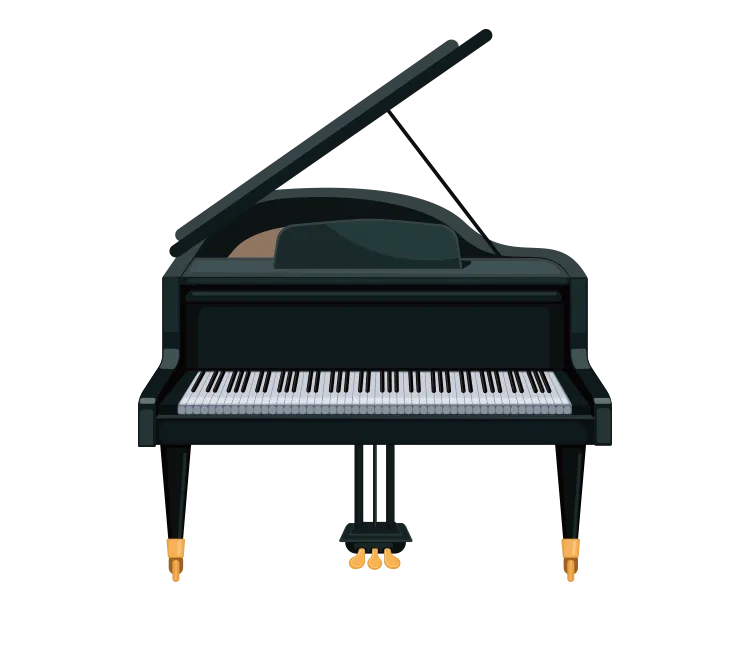
Grand Pianos 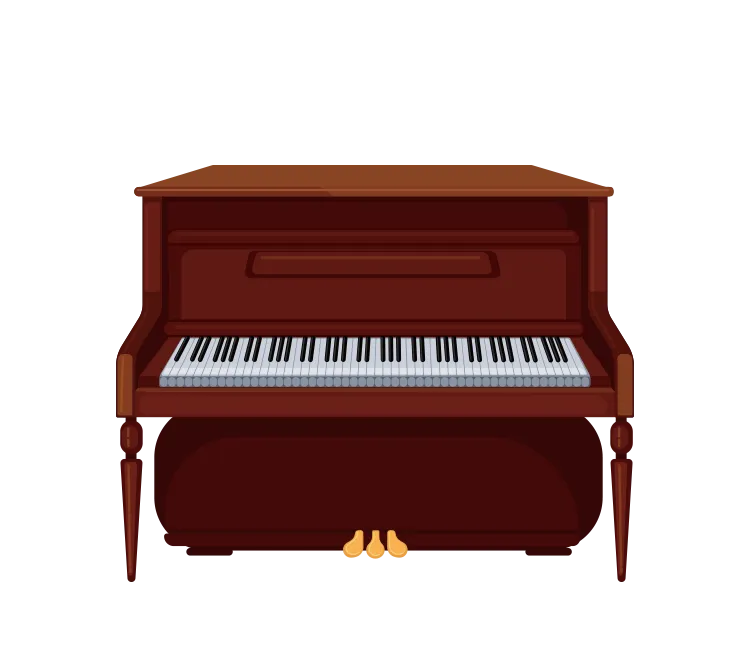
Upright Pianos 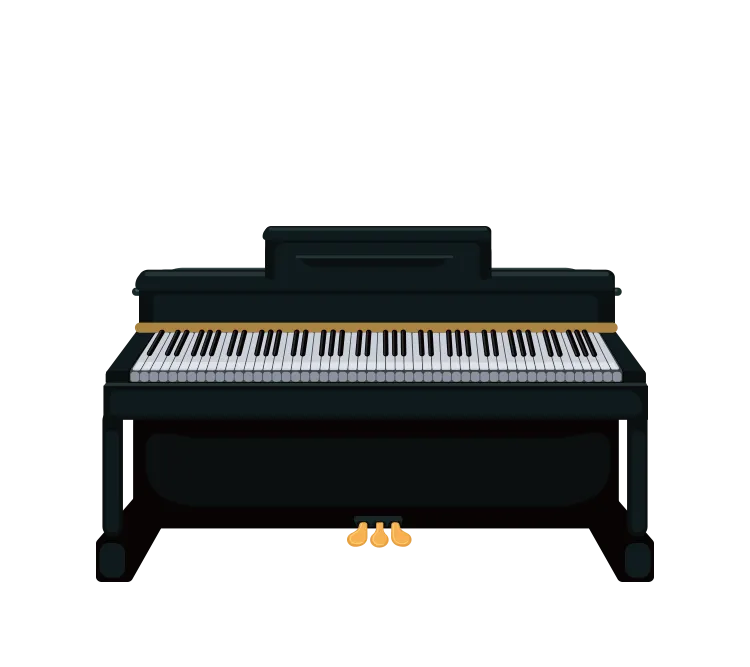
Digital Pianos 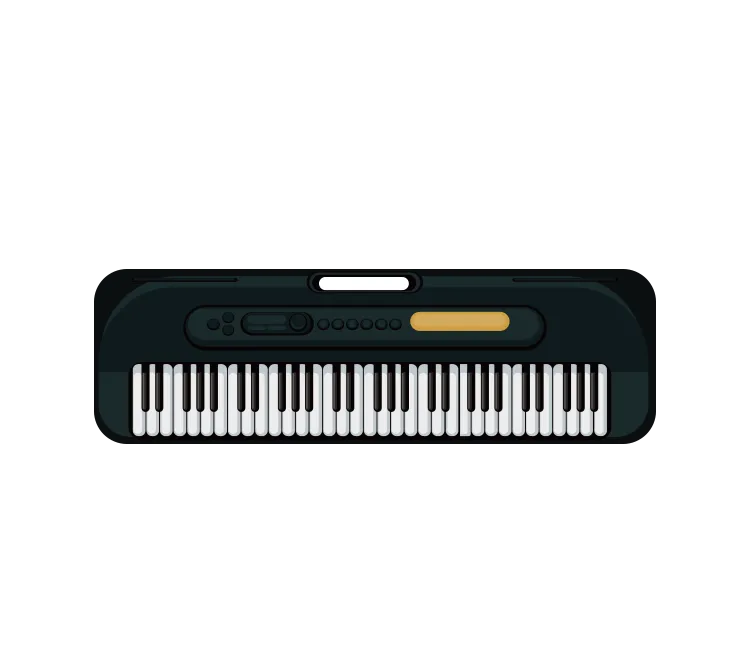
Electronic Keyboards
Ideally, grand and upright pianos are perfect choices for nurturing your child's ears and sensitivity. Learning the unique techniques of piano playing early on, while experiencing the sound resonance, can greatly enhance your child's musical talent.
However, in reality, digital pianos often suit home practice better. They offer ease of use and practical features, such as no tuning required and adjustable volume for late-night practice, making them a popular choice for early-stage lessons.
While electronic keyboards are convenient, more families are opting for digital pianos that closely mimic the feel of grand or upright pianos for learning.
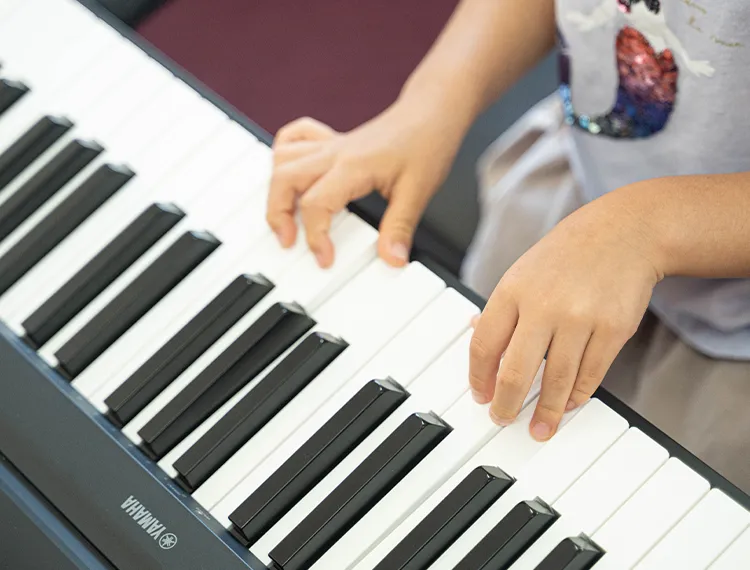
Piano Requirements for Lessons
You might wonder, 'Is the keyboard we already have at home sufficient?' Rest assured, it's enough for the first step! Here are some guidelines:
- Introductory/Beginner: At least 3 octaves
- Early Stages Onwards: 61 keys or more
Starting with an available instrument without significant expense is a crucial element in making piano feel accessible. After 2-3 months of starting piano lessons, it's time for the next step – the exciting journey of choosing a new piano!
Digital Piano Purchase Points
Here are some key points to consider when purchasing a digital piano:
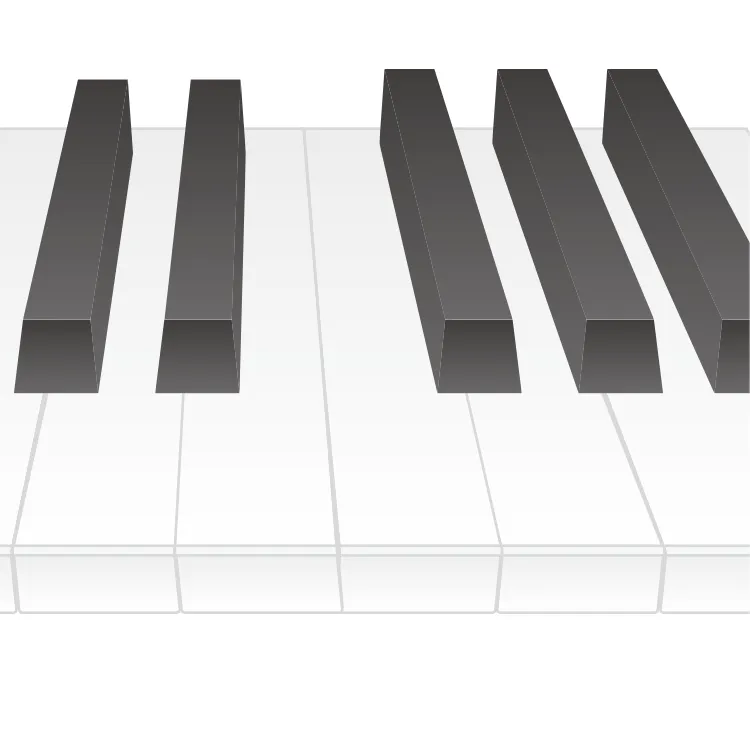
Point 1
Standard 88-Key Keyboard
The standard number of keys on a piano is 88, covering a wide range of tones. This is essential for learning a broad spectrum of music and tackling larger compositions as skills advance. Especially for young learners, having 88 keys helps in understanding various pitches.
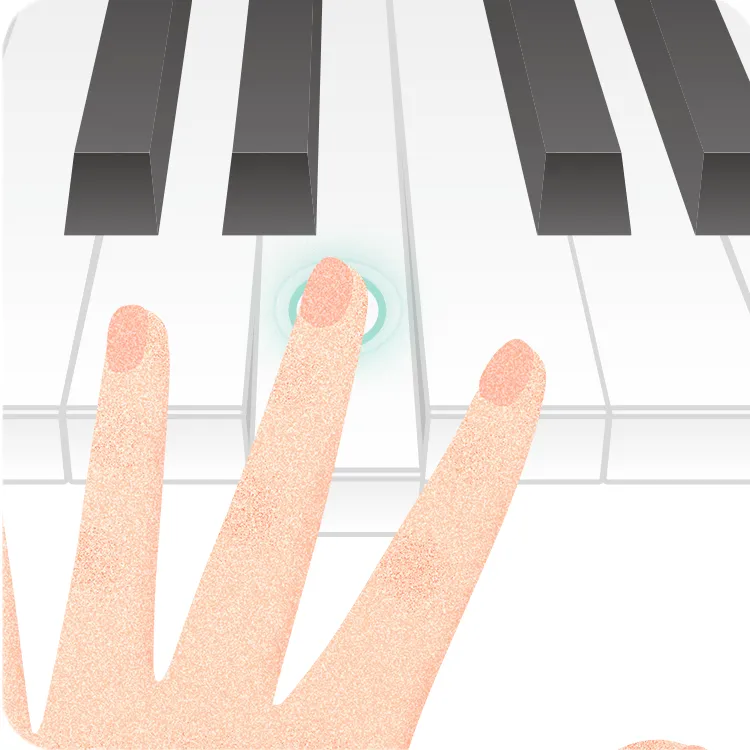
Point 2
Importance of Touch Response
Touch response allows the piano to produce different volumes based on how hard the keys are pressed, similar to grand and upright pianos. This feature is invaluable in developing expressiveness in playing piano.
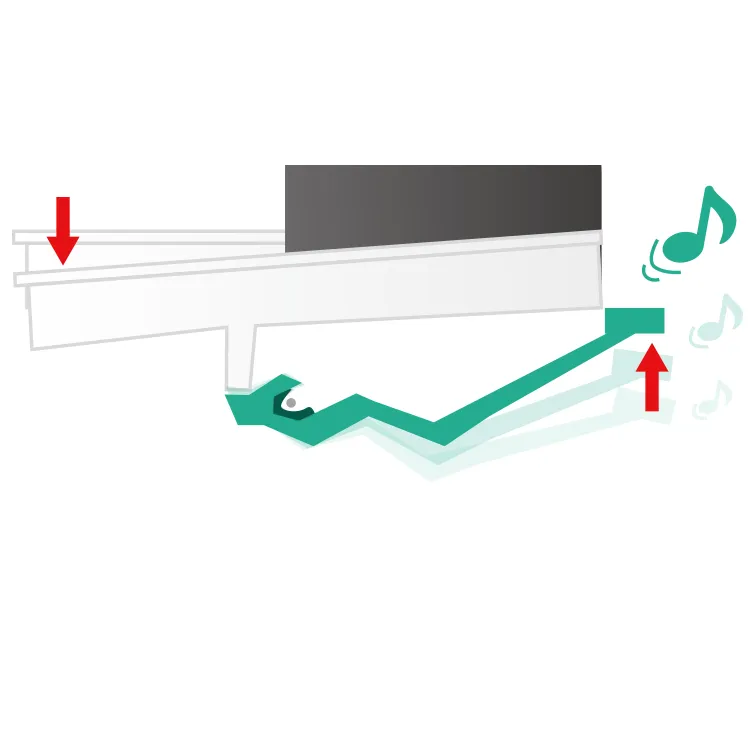
Point 3
Experience Realism with Hammer Action
Hammer action keyboards, also known as piano-touch keyboards, are designed to emulate the feel of a grand piano. Practicing on a digital piano without hammer action can lead to difficulties in producing louder sounds on an acoustic piano. This feature also aids in learning the nuances of finger strength, so choose a digital piano with hammer action to experience a touch close to that of a real piano.
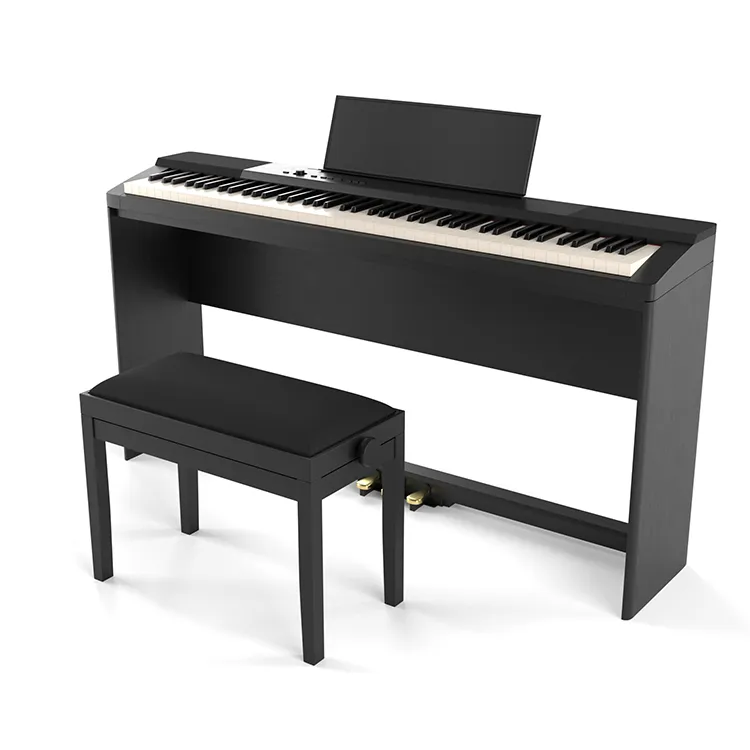
Point 4
Opt for a Stationary Model (With Pedals)
Digital pianos come in stationary and portable models. While portable models are convenient, they lack stands and pedals. For continuous piano lessons, a more stable stationary model is recommended.
Digital pianos also offer features like built-in metronomes and various functions. Match your child's interests and preferences, and compare features to make the best choice.
Nowadays, it's easy to purchase pianos online from trusted manufacturers like YAMAHA, KAWAI, Casio, Roland, and Korg. However, we recommend trying pianos in-store to find the one that resonates with you. Experiencing each piano's unique 'personality' can be a fun part of the selection process.
Let's find the perfect piano for you!
- OTOIRO+Piano Lesson HOME
- Fees & Courses
- Piano Puchasing Guide
For inquiries about OTOIRO+ or to apply for a trial lesson, please feel free to contact us!
